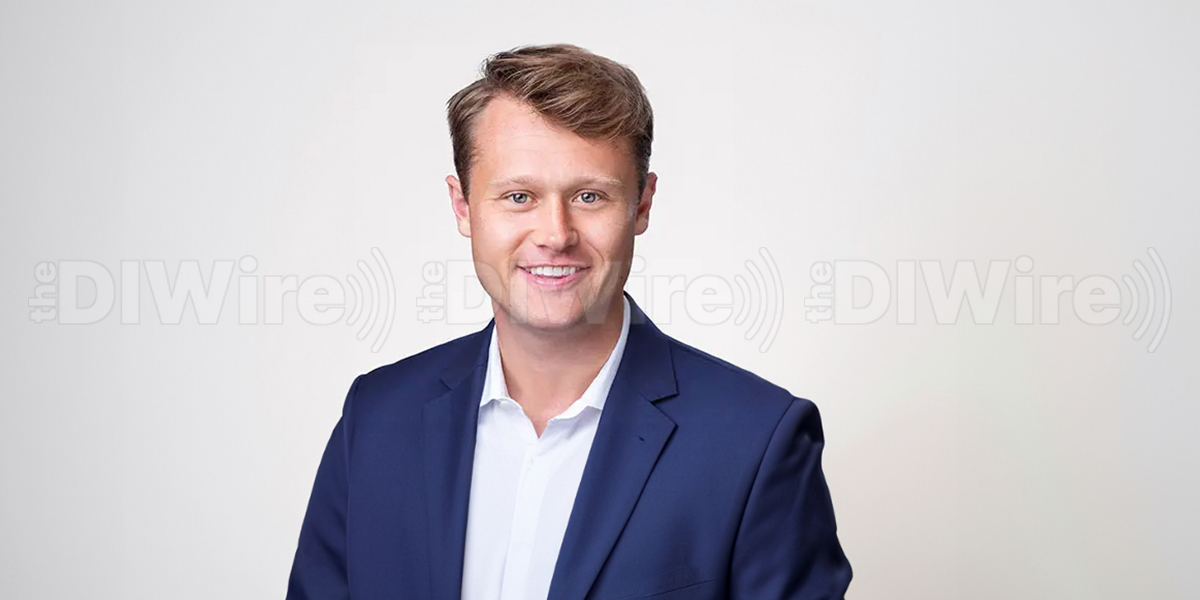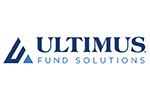Five Questions for: Ultimus Fund Solutions Managing Director Nickolaus Darsch

In The DI Wire’s latest installment of “Five Questions for…” the editorial team interviewed Nickolaus Darsch – managing director at Ultimus Fund Solutions – on the growth and success of interval funds in the market, including the operational and governance considerations that should be considered.
Ultimus Fund Solutions is an independent provider of full-service fund administration, accounting, and investor servicing solutions that support registered funds, private funds, separately managed, and public plans along with providing outsourced investment operations services for buy-side investment managers.
The DI Wire: What are interval funds and tender offer funds, and where do they fit in the market?
Nickolaus Darsch: Interval and tender offer funds are unlisted, closed-end funds registered under the Investment Company Act of 1940. Those ‘sister’ structures have become an increasingly popular means to deliver alternative strategies to the private wealth and retail investors, most commonly with private credit, real estate, private equity, and real assets strategies. Both structures offer flexible purchase and liquidity options for managers and investors.
Because the funds are structured under the ’40 Act, they offer reporting and robust investor protections similar to mutual funds with oversight from an independent Board of Trustees and the Securities and Exchange Commission. Unlike private funds, interval and tender offer funds also offer 1099 tax reporting to investors plus the ability to purchase and custody the funds on platforms (e.g., Fidelity, Schwab, Pershing).
We commonly see the industry claim that these structures are ‘democratizing the access to alternatives’ to a broader audience. While fundamentally true, I believe a better way to characterize it would be to frame it as these structures are ‘institutionalizing alternative funds’ to the private wealth and retail channels.
DIW: Ultimus is best known as a fund administrator. Can you provide a brief overview of the platform and what differentiates you from competitors?
ND: Ultimus empowers investment managers through our comprehensive governance, administration and investor support services for registered and private fund structures. We offer solutions for funds developed to serve institutional, private wealth, and retail investor channels. Today we support over $550 billion assets under administration across both registered and private structures, making us unique in the industry.
Our experienced professionals and complementary resources engage with managers early during product ideation, fund structuring, and throughout the operational launch process. Our consultative approach enables us to marry our suite of solutions with the goals and unique needs of each client. As an independent provider, we can tailor our solutions to each individual client/fund and impart industry best practices. Further, our investment in technology and methodical approach to data management allows Ultimus to provide systematic access to portfolio and investor data through application programming interfaces plus proprietary analytic reporting tools for advanced data insights. These tools allow clients to make better decisions, and faster based on real-time information.
DIW: What is the estimated size of the interval and tender offer funds available today, and what are the recent/projected growth trends?
ND: There are approximately 200 live interval and tender offer funds with approximately $145 billion in assets under management today. There are a significant number of products currently going through registration with the SEC; therefore, we will likely see two dozen plus products launch in 2024, as 25 were launched in 2023.
Currently, U.S. capital markets total approximately $100 trillion in investable assets. Retail investors account for just under half of this today but will control roughly 60% of AUM by 2030, surpassing institutions. In McKinsey’s 2023 Global Private Markets Review, it estimated that retail investors are less than 5% allocated to private markets today, whereas alts-heavy endowments and foundations often have allocations upwards of 50%.
Private markets are increasingly becoming accessible through these structures as regulatory changes (i.e., changing the accredited investor definition), distribution models, and strategies are becoming better understood, administered, and utilized.
By combining the heightened awareness of alternatives and improved access points with a compelling risk/return proposition, portfolio diversification, and inflation hedge protection, we will continue to see the acceleration of asset migration toward interval and tender offer funds, and more broadly to alternative investments.
DIW: What are some of the operational and governance considerations for sponsors developing these products? What types of firms are launching these products?
ND: We are seeing a variety of issuers developing these products. Most commonly, alternative managers are looking to package preexisting capabilities to attract new pools of assets and investors. Alternative managers typically need to wrap their heads around the ’40 Act standards, including the impact that they will have on other aspects of their business. Often, managers apply for relief on co-investments so that their registered vehicle can invest alongside their private structures. There are also several compliance tests and additional regulatory reporting that will be required. An administrator can assist in assessing and preparing for that impact. Perhaps most importantly, these types of managers need to develop a targeted distribution strategy and make strategic personnel and technology investments to aid the promotion of their product. You cannot simply ‘build it and they will come.’ Resources to support education around the strategy will need to be built out to attract assets in the channel.
There are also a significant number of traditional managers either packaging preexisting capabilities or acquiring specific expertise to develop this type of product. Though not new to the ’40 Act, traditional managers may need to grapple with new complexities around valuation and liquidity management, depending on the strategy. While distribution resources and relationships may exist, sales teams may need specific product training to supplement their presentations. Many firms have built out specialist teams within the broader distribution group for this purpose.
Finally, we are seeing large wealth managers develop proprietary products for their clients. Creating a fund allows for customization and managed alts exposure across their entire client base, and each client only has to buy into the fund while that fund invests in each of the underlying assets. Sponsors of these funds require some scale to ensure the time and cost of creating a fund make sense.
Overall, the biggest questions for anyone considering building this type of product are:
- Who do you want to sell the product to?
- How can you value assets at whatever frequency you are making marks?
- How will you manage liquidity?
Most structural decisions will ultimately flow from the answer to those three questions.
DIW: What types of asset classes have been successful in the RIA market?
ND: There is space for a wide variety of strategies. The most successful products from an AUM standpoint have largely been broad-based credit, real estate, or private equity strategies. When there were only a few options in the market, this made sense. Due to the size and competitiveness of fees on these scaled products, I almost view those types of funds as quasi-index products. We are starting to see much more specialized products, providing more targeted exposures as a means of differentiating against those seasoned products.
Two categories starting to see an uptick are infrastructure and secondaries (e.g., private equity, and to some extent, private credit). Large players have or are launching funds in those categories, and we will be paying close attention to the receptiveness of the market.
For more Ultimus Fund Solutions news, please visit their directory page.


